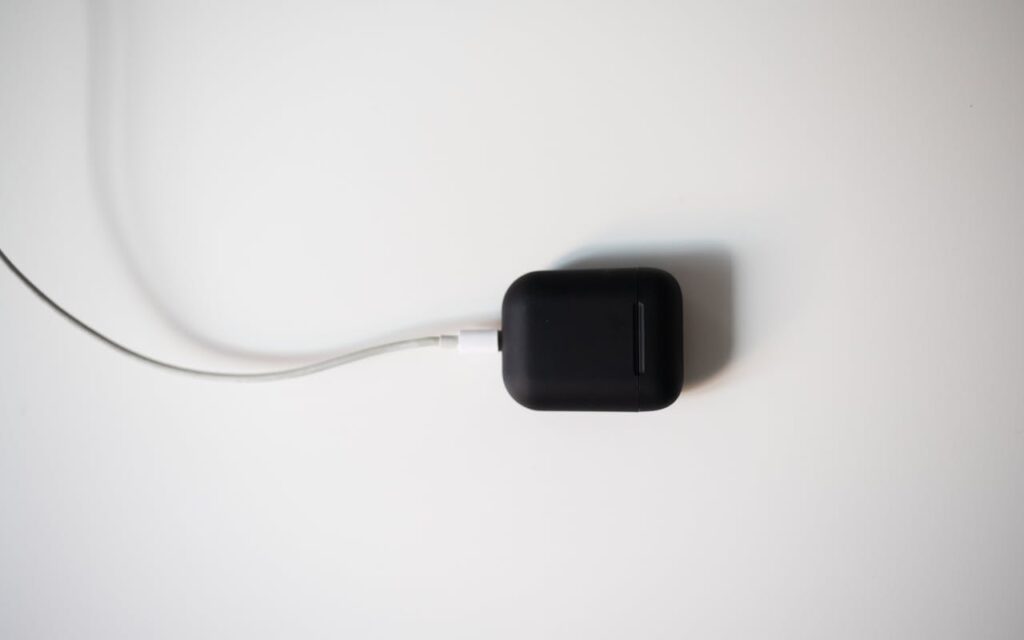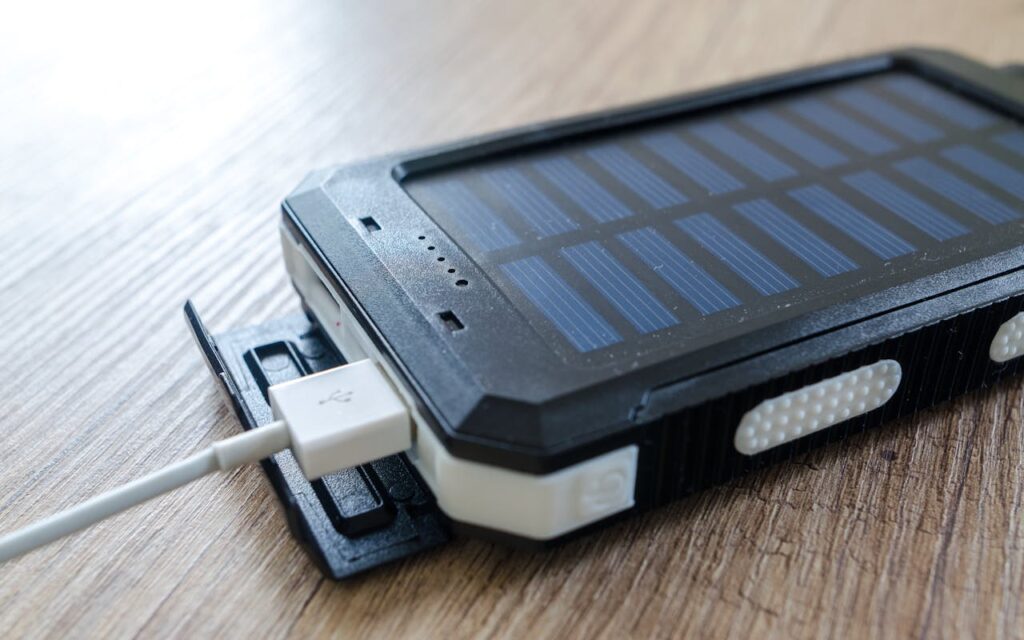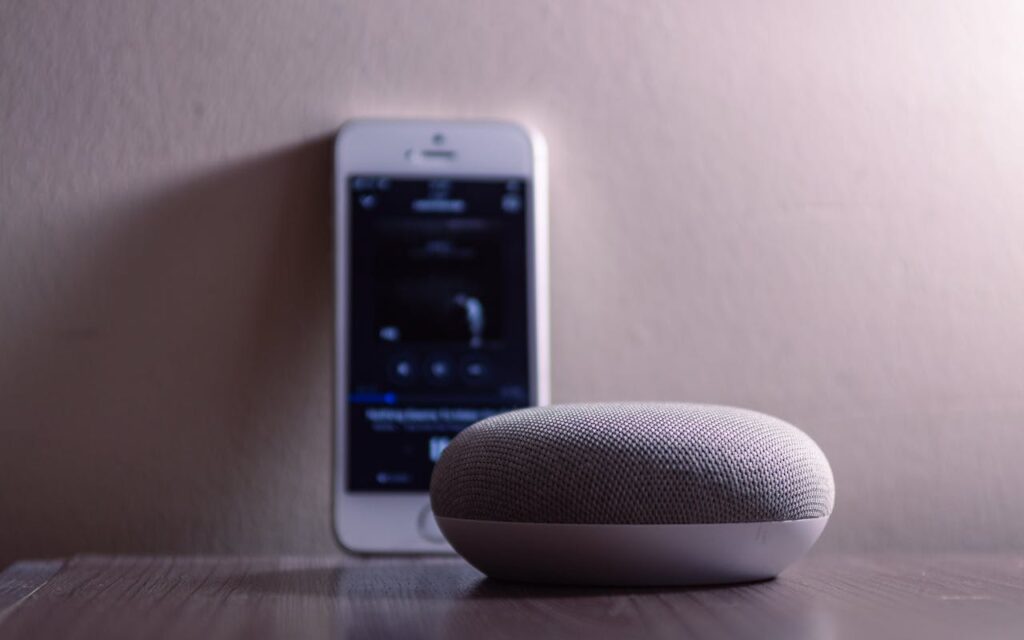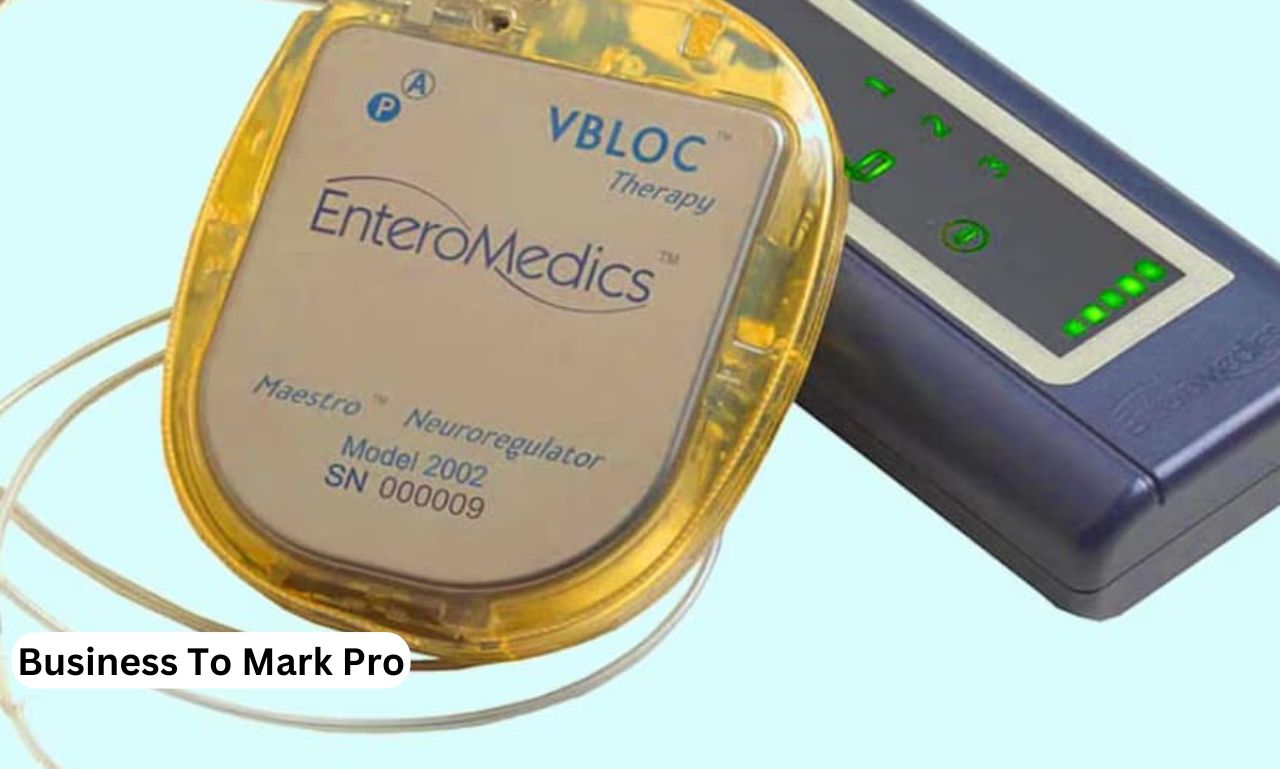Have you ever found yourself in a situation where your vBloc just won’t charge or turn on? You’re not alone! Many users encounter this frustrating issue, and it can be perplexing, especially when you rely on your device for essential tasks. Whether you’re using a vBloc for business, leisure, or personal organization, a malfunction can feel like a setback. Fortunately, this article will guide you through the potential causes of this problem and provide helpful solutions to get your vBloc back in action.
Understanding Your vBloc Device
Before we dive into troubleshooting, let’s take a moment to understand what a vBloc is. A vBloc is a smart device designed to enhance your daily tasks, be it through communication, productivity, or entertainment. Like any electronic device, it relies on various components to function properly, including a battery, charging port, and software. When any of these components fail, you might find yourself asking, “Why won’t my vBloc charge or turn on?”
Common Reasons Why Your vBloc Won’t Charge or Turn On

- Battery Issues
The battery is the heart of your vBloc, and if it’s not functioning properly, the device won’t turn on. Over time, batteries can lose their ability to hold a charge, leading to unexpected shutdowns or failures to power on. - Faulty Charging Cable or Adapter
Another common culprit is the charging cable or adapter. If your cable is damaged or the adapter is malfunctioning, your device may not receive the necessary power to charge. It’s essential to use the original charger that came with your vBloc to avoid compatibility issues. - Software Glitches
Sometimes, your vBloc might experience software glitches that prevent it from turning on. These can occur after a software update, app installation, or due to corrupted files. - Physical Damage
Accidental drops or exposure to moisture can cause physical damage to your vBloc, leading to charging issues. Inspect your device for any signs of damage that could affect its performance. - Overheating
If your vBloc has been used for extended periods or is charged in a hot environment, it might overheat, causing it to shut down and prevent charging. Letting the device cool down can sometimes resolve the issue. - Charging Port Blockage
Dust, lint, or debris can accumulate in the charging port, obstructing the connection between the charger and the device. Regularly cleaning the port can help maintain a reliable connection.
Step-by-Step Troubleshooting Guide
Now that we’ve identified some potential reasons your vBloc won’t charge or turn on, let’s explore practical solutions to troubleshoot the issue.
1. Check the Battery
- Inspect the Battery Status: If your device has a removable battery, take it out and inspect it for any signs of swelling or damage. If it appears damaged, consider replacing it.
- Perform a Battery Reset: For devices with non-removable batteries, press and hold the power button for 10-15 seconds. This can sometimes reset the battery and allow it to charge.
2. Test the Charging Cable and Adapter
- Try a Different Charger: Use a different charging cable and adapter to see if the issue persists. Make sure that the new charger is compatible with your vBloc.
- Inspect the Cable for Damage: Look for frays or kinks in the charging cable. If you see any damage, it’s best to replace the cable.
3. Address Software Issues
- Force Restart Your Device: If your vBloc is unresponsive, try a force restart by holding the power button for 10-20 seconds until the device powers off and restarts.
- Boot into Safe Mode: If your device turns on but freezes during startup, try booting into safe mode. This can help determine if a third-party app is causing the issue.
4. Inspect for Physical Damage
- Look for Cracks or Dents: Check the exterior of your vBloc for any signs of physical damage. If you find any, it may require professional repair.
- Check for Moisture: If your device has been exposed to moisture, allow it to dry out completely before attempting to charge it again.
5. Allow for Cooling
- Let the Device Cool Down: If you suspect overheating, place your vBloc in a cool, dry area for at least 30 minutes before attempting to charge it again.
6. Clean the Charging Port
- Use Compressed Air: If you notice debris in the charging port, use compressed air to gently blow out any dust or lint.
- Use a Toothpick: For stubborn debris, you can carefully use a toothpick to dislodge any blockages without damaging the port.
When to Seek Professional Help

If you’ve tried all the troubleshooting steps and your vBloc still won’t charge or turn on, it may be time to seek professional help. Contact the manufacturer or a certified repair service for further assistance. They can diagnose hardware issues and suggest the best course of action, whether it involves repair or replacement.
Also Read: Can I Run GL.iNet Travel Router Continuously for 365 Days?
Extended Troubleshooting Tips for Your vBloc
When you find yourself in a situation where your vBloc won’t charge or turn on, it can be incredibly frustrating, especially if you’re relying on it for important tasks or staying connected. Let’s dive deeper into understanding this issue, potential solutions, and how to maintain your vBloc for optimal performance.
Understanding Battery Lifespan
The battery of your vBloc plays a critical role in its overall functionality. Lithium-ion batteries, commonly used in vBlocs, have a limited lifespan. Over time, they can lose their ability to hold a charge due to factors like:
- Charge Cycles: Each time you charge your battery, it goes through a charge cycle. A full cycle occurs when you use 100% of your battery’s capacity, even if it’s not all at once. Regular charging habits can affect how long your battery lasts.
- Environmental Conditions: Extreme temperatures can negatively impact battery health. For instance, charging your vBloc in high heat can cause the battery to degrade faster.
To assess the battery health of your vBloc, you may need specialized apps or tools that can provide insight into its condition. If your battery is nearing the end of its lifespan, consider a replacement.
Inspecting Hardware Components
If your vBloc won’t charge or turn on despite trying different chargers, you might want to look closely at the hardware components:
- Charging Port Damage: Apart from debris, look for any bent or broken pins within the charging port. If you notice any physical damage, it might require repair or replacement.
- Internal Hardware Issues: Sometimes, the problem might stem from internal hardware components like the charging IC (integrated circuit). This part manages power distribution within the device. If it fails, your vBloc won’t charge or turn on, and you’ll need professional repair services to fix it.
Software Troubleshooting in More Detail
If you suspect a software glitch, there are several steps you can take to troubleshoot the issue:
- Clear Cache: Some devices allow you to clear the cache, which can help if your vBloc is sluggish or not responding. This can sometimes resolve issues that prevent the device from turning on.
- Factory Reset: As a last resort, performing a factory reset can help eliminate any software-related issues. This action will erase all data on your vBloc, so it’s crucial to back up any important information before proceeding. You can often find the option to reset within the settings menu, typically under “System” or “Backup and Reset.”
Recognizing the Signs of Overheating
Overheating can be a silent culprit in battery-related issues. Signs that your vBloc might be overheating include:
- Unusual Warmth: If your device feels unusually warm to the touch during charging, it may shut down to prevent damage.
- Automatic Shutdown: Some devices automatically power off when they detect excessive heat to protect internal components.
If overheating is a frequent issue, consider the following preventive measures:
- Avoid Direct Sunlight: Never leave your vBloc in direct sunlight or in a hot car, as this can raise its temperature significantly.
- Remove Cases While Charging: If you use a protective case, try removing it while charging to allow better airflow and cooling.
Preventive Measures to Avoid Future Issues

To avoid the frustration of a malfunctioning vBloc in the future, consider these preventive measures:
- Use Quality Accessories: Always use original or high-quality third-party chargers and cables to ensure compatibility and safety.
- Regularly Update Software: Keeping your device’s software up to date can help prevent glitches and improve performance.
- Maintain the Battery: Avoid letting your battery drain completely on a regular basis, as this can reduce its lifespan. Charge your device when it reaches around 20% battery.
- Store Safely: Keep your vBloc in a protective case to prevent physical damage, and store it in a cool, dry place away from direct sunlight.
Conclusion
Experiencing issues with your vBloc not charging or turning on can be frustrating, but understanding the potential causes and solutions can help you get back on track. By following the troubleshooting steps outlined in this article, you can address most common problems and enjoy your device without interruption. Remember to maintain your vBloc with regular care and use quality accessories to prolong its lifespan. If all else fails, don’t hesitate to reach out for professional support. With the right approach, you can keep your vBloc functioning optimally for all your needs!
FAQs: vBloc Won’t Charge or Turn On
- Why won’t my vBloc charge?
There could be several reasons: the charging cable or port may be damaged, the adapter might not be compatible, or the power source may not be supplying enough power. Try using a different cable and power source to troubleshoot. - What should I do if my vBloc isn’t turning on?
First, ensure that the device is charged. If it still doesn’t turn on, try a hard reset by holding down the power button for 10-15 seconds. If that doesn’t work, it might need a professional inspection. - How do I know if my charging port is damaged?
Look for any visible debris or bent connectors inside the port. If the cable doesn’t fit snugly or the device charges intermittently, it may indicate port damage. Clean the port gently with compressed air and avoid using sharp objects. - Can a software issue cause the vBloc to not turn on?
Yes, a corrupted update or firmware glitch could cause it. Plug the device into a computer and see if it’s recognized. If it is, try updating the firmware or restoring the device to factory settings. - Is it safe to open the vBloc to fix it myself?
Unless you’re experienced with electronics, it’s not recommended to open the device. You could damage internal components or void the warranty. It’s best to take it to a certified technician for repairs.
